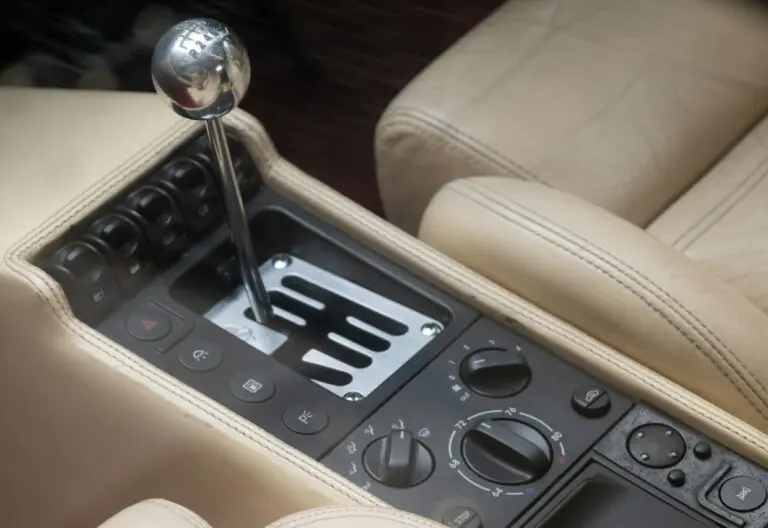Car batteries are an essential component of any vehicle, providing the power needed to start the engine and operate electrical systems. Without a properly functioning battery, a car simply won’t run. In this article, we’ll take a comprehensive look at the different types of car batteries, including their purpose, benefits, and usage precautions. We’ll also discuss the history of the car battery and highlight some other types of batteries that are used in vehicles.
Purpose of a Car Battery
The primary purpose of a car battery is to provide the electrical power needed to start the engine. The battery supplies a large burst of electricity to the starter motor, which in turn cranks the engine, bringing it to life. Once the engine is running, the battery’s job isn’t done yet. It continues to provide power to the vehicle’s electrical systems, including the headlights, radio, and power windows. Additionally, the battery acts as a buffer for the alternator, which generates electricity to power the vehicle’s electrical systems while the engine is running.
Benefits of Different Types of Car Batteries
There are several different types of car batteries available, each with its own set of benefits.
Lead-Acid Batteries: These are the most common type of car batteries and have been used for over a century. They are relatively inexpensive and widely available, making them a popular choice among car owners. Lead-acid batteries are also durable and able to withstand a fair amount of wear and tear.
Absorbed Glass Mat (AGM) Batteries: These batteries are similar to lead-acid batteries, but they use an absorbed glass mat separator instead of a liquid electrolyte. This improves the battery’s ability to hold a charge, making it a popular choice for high-performance vehicles and luxury cars. AGM batteries are also more resistant to vibration, which makes them a good choice for off-road vehicles.
Lithium-Ion Batteries: Lithium-ion batteries are becoming increasingly popular in cars, thanks to their high energy density and long life. These batteries are lightweight, which makes them a good choice for electric and hybrid vehicles. They also have a low self-discharge rate, which means they can hold a charge for a long time without losing power.
Usage Precautions
Car batteries require proper care and maintenance to function properly and last a long time. Here are some things to keep in mind when using and maintaining a car battery:
- Always use the correct type of battery for your car. Consult your owner’s manual to ensure you’re using the right battery for your vehicle.
- Keep the terminals clean and free of corrosion. This will help ensure a good electrical connection and prevent the battery from losing power.
- Keep the battery properly charged. If the battery isn’t being used, it can lose its charge over time. Be sure to charge it periodically if it’s not being used for an extended period of time.
- Avoid extreme temperatures. Extreme heat or cold can damage a battery and shorten its lifespan.
- Avoid overcharging or undercharging the battery. Both can damage the battery and reduce its performance.
History of the Car Battery
The history of the car battery dates back to the late 19th century, when the first electric cars were being developed. These early electric cars used lead-acid batteries to store the electricity needed to power the car’s electric motor. These batteries were relatively primitive, and the cars were not particularly practical for everyday use.
As internal combustion engines became more popular, the use of batteries in cars waned. However, in the early 20th century, advancements in battery technology made it possible for batteries to be used again in cars. The lead-acid battery was the most popular choice, due to its relatively low cost and high energy density. Over time, car batteries became more advanced, and other types of batteries, such as AGM and lithium-ion batteries, were developed.
Today, car batteries are an essential component of any vehicle, and they are used in both traditional internal combustion engines and electric vehicles. With advances in technology, car batteries continue to become more efficient and long-lasting, making them a reliable and convenient power source for cars of all types.
Other Types of Car Batteries
In addition to lead-acid, AGM, and lithium-ion batteries, there are a few other types of car batteries that are used in vehicles:
Nickel-Cadmium (NiCad) Batteries: These batteries are similar to lead-acid batteries in terms of their energy density and cost. However, they are not as widely used because they have a relatively short lifespan and can be affected by “memory effect”, which reduces their capacity over time.
Nickel-Metal Hydride (NiMH) Batteries: These batteries are similar to NiCad batteries but with better energy density and longer lifespan. They have been used in some hybrid vehicles.
Summary
Car batteries are an essential component of any vehicle, providing the power needed to start the engine and operate electrical systems. There are several different types of car batteries available, each with its own set of benefits, such as lead-acid, AGM, lithium-ion and others. It is important to use the correct type of battery for your car, maintain the battery properly and keep the terminals clean to prevent power loss. With proper care, car batteries can provide reliable, long-lasting power for cars of all types.



















